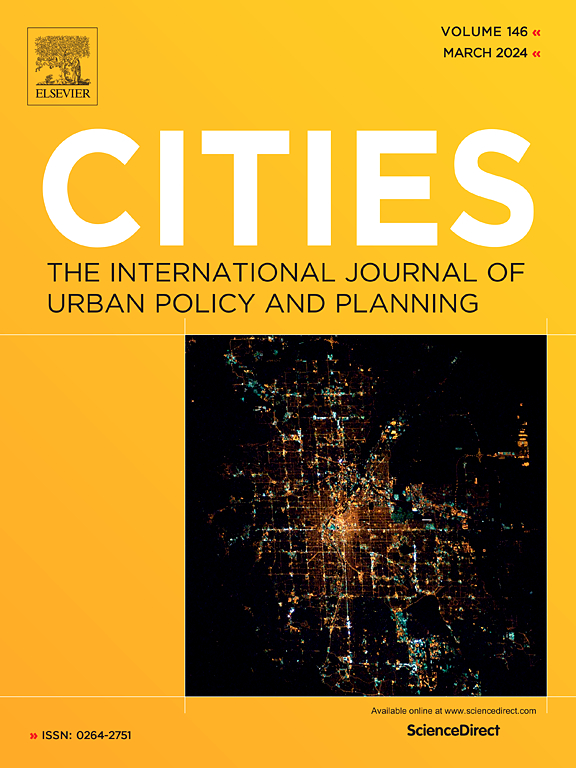Private funding contributions for public infrastructure: Explaining implementation efforts in Brainport Eindhoven
IF 6
1区 经济学
Q1 URBAN STUDIES
引用次数: 0
Abstract
Public infrastructure development often benefits private actors in existing urban areas, yet capturing this value for funding purposes remains uncommon. It is therefore relevant to investigate how private sector funding contributions can be implemented. This article presents the results of a qualitative case study in the Brainport region, where two recent infrastructure funding agreements include significant contributions from the regional business community. Combining concepts from game theory and institutionalism, this article examines how the path-dependent practice of public funding discourages private beneficiaries from contributing collectively, while the free-rider problem discourages them individually. We apply process tracing to unravel the mechanisms by which these barriers were overcome. The case suggests that beneficiaries can rationally decide to contribute collectively, but only if this decision contributes to a goal that is highly desirable and urgent to them, and no more beneficial options are available. While the case also indicates that the free-rider problem can be overcome through normative pressure, the evidence suggests that this requires the existence of a homogeneous, tight-knit group of beneficiaries in which private funding contributions match pre-existing norms. These results help explain why few governments succeed in implementing private sector funding contributions, and provide starting points for changing this.
私人资金对公共基础设施的贡献:解释埃因霍温脑力港的实施工作
公共基础设施的发展往往使现有城市地区的私人行为者受益,但将这一价值用于融资目的仍不常见。因此,调查如何执行私营部门的捐款是有意义的。本文介绍了在Brainport地区进行的定性案例研究的结果,该地区最近的两项基础设施融资协议包括来自该地区商界的重大贡献。结合博弈论和制度主义的概念,本文考察了公共资助的路径依赖实践如何阻碍私人受益者集体捐款,而搭便车问题如何阻碍他们个人捐款。我们应用过程追踪来揭示克服这些障碍的机制。这个案例表明,受益人可以理性地决定集体捐款,但前提是这个决定有助于实现对他们来说非常理想和迫切的目标,而且没有更有利的选择。虽然这个案例也表明,搭便车问题可以通过规范压力来克服,但证据表明,这需要存在一个同质的、紧密结合的受益者群体,其中私人供资符合先前的规范。这些结果有助于解释为什么很少有政府能够成功实施私营部门的资助,并为改变这种状况提供了起点。
本文章由计算机程序翻译,如有差异,请以英文原文为准。
求助全文
约1分钟内获得全文
求助全文
来源期刊

Cities
URBAN STUDIES-
CiteScore
11.20
自引率
9.00%
发文量
517
期刊介绍:
Cities offers a comprehensive range of articles on all aspects of urban policy. It provides an international and interdisciplinary platform for the exchange of ideas and information between urban planners and policy makers from national and local government, non-government organizations, academia and consultancy. The primary aims of the journal are to analyse and assess past and present urban development and management as a reflection of effective, ineffective and non-existent planning policies; and the promotion of the implementation of appropriate urban policies in both the developed and the developing world.
 求助内容:
求助内容: 应助结果提醒方式:
应助结果提醒方式:


